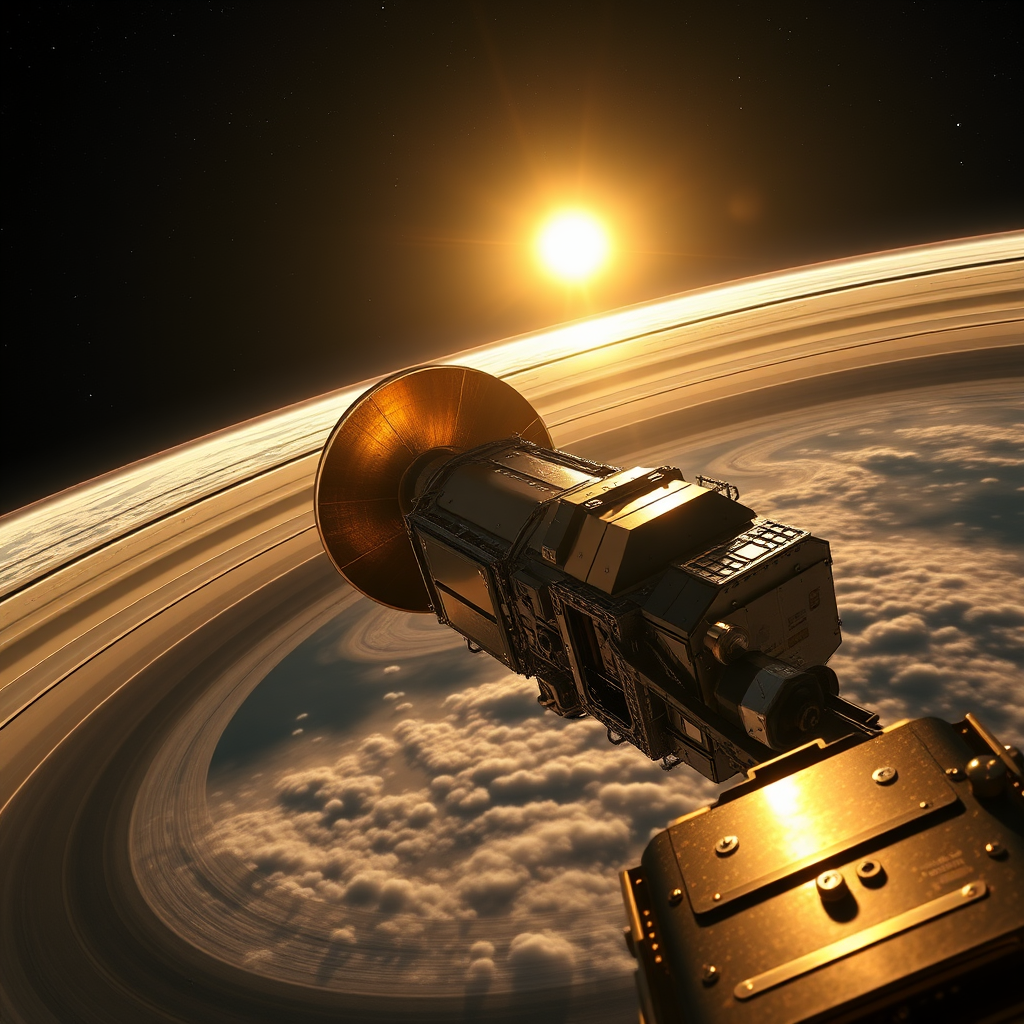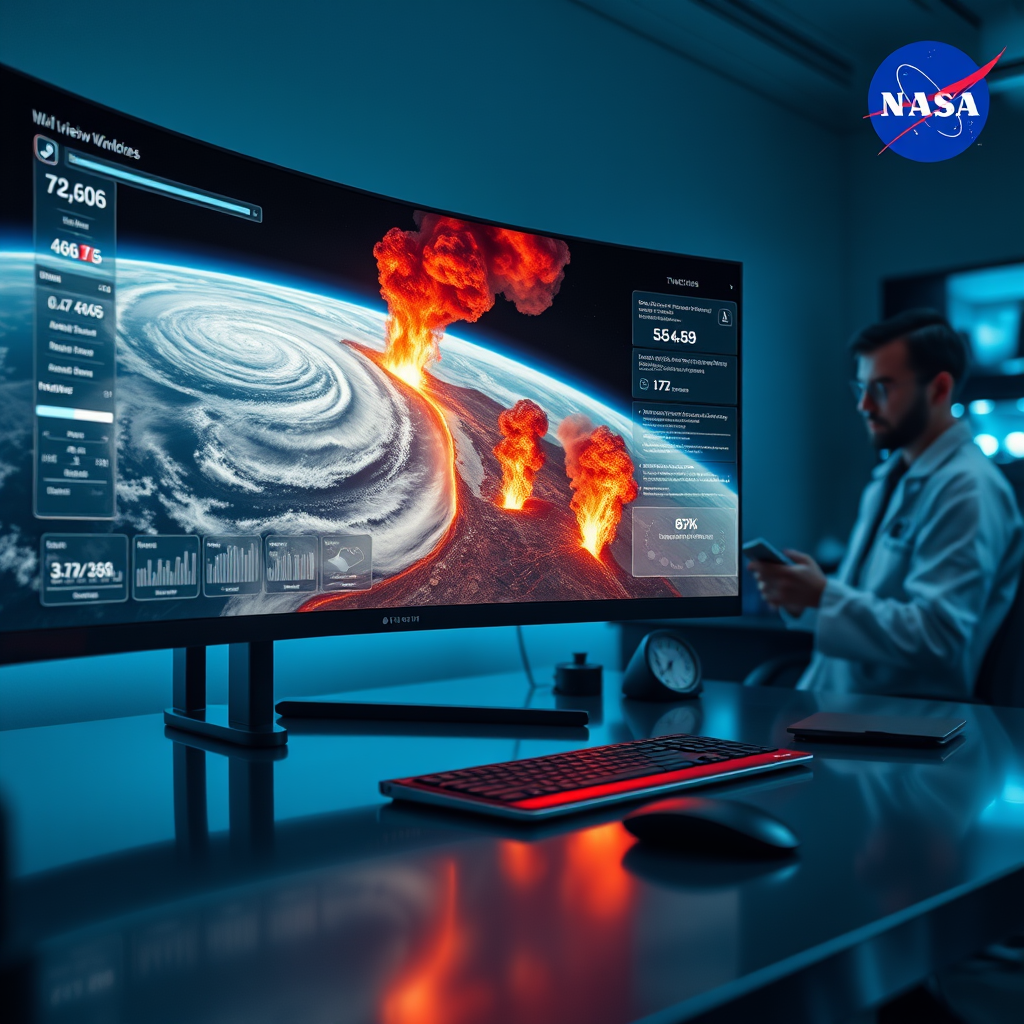In March 2017, NASA was on the brink of an extraordinary chapter in its space exploration saga: the final months of Cassini’s mission to Saturn. Since its arrival in 2004, Cassini has been a trailblazer, sending back breathtaking images and invaluable data about the sixth planet from the Sun, its majestic rings, and its mysterious moons.
As the spacecraft approached its endgame, mission planners prepared for a series of daring maneuvers—diving between Saturn and its rings. These close encounters aimed to gather unprecedented data on the planet’s gravitational and magnetic fields, as well as insights into the rings’ composition and the upper atmosphere.
This phase, dubbed the Grand Finale, was designed to maximize the scientific return before Cassini’s planned plunge into Saturn’s atmosphere later in 2017, ceasing communications and marking the end of an era. The mission’s legacy includes discoveries of water plumes on Enceladus, complex ring dynamics, and atmospheric phenomena, all thanks to Cassini’s incredible instruments.
The Grand Finale not only marked a bittersweet farewell but also unlocked new scientific frontiers, taking humanity deeper into understanding one of our solar system’s most intriguing worlds. Cassini’s final descent aimed to provide closure and invaluable data, paving the way for future missions and discoveries in our cosmic neighborhood.


